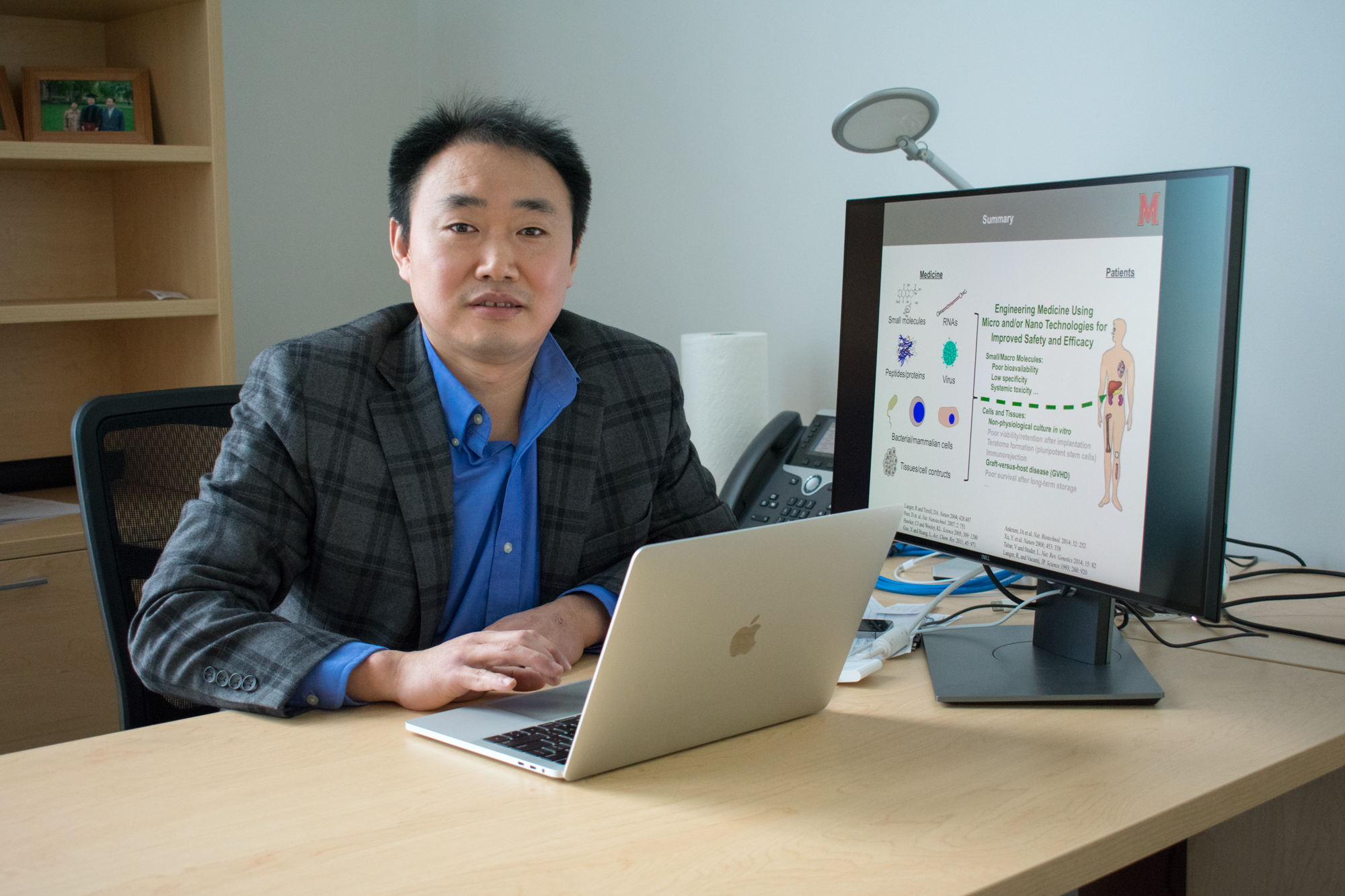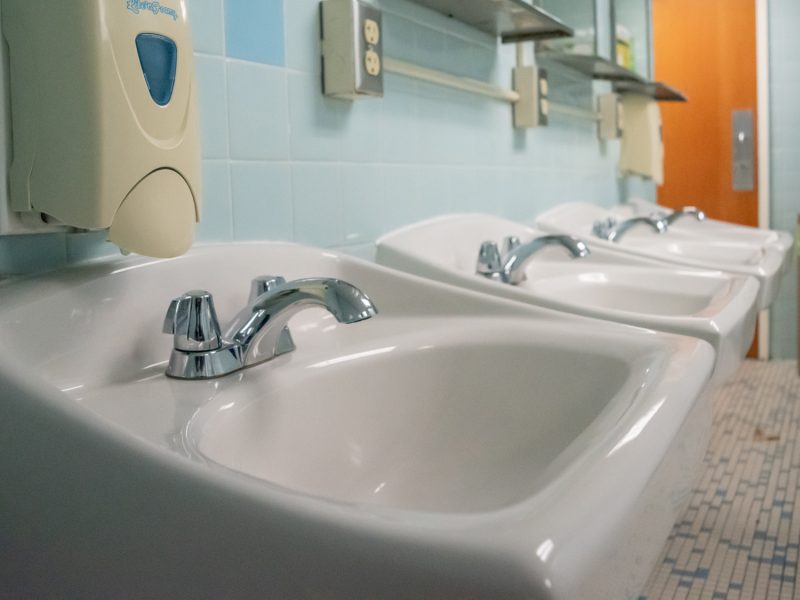A new University of Maryland researcher helped create a technique to combat cancer drug resistance.
Xiaoming “Shawn” He and researchers from five other universities partnered to create unique nanoparticles — microscopic particles that stop cancer cells from being resistant to drug treatments for a span of several days.
The ability of cancer cells to develop resistance to chemotherapy drugs has been a major setback in finding cures for the disease, He said, but with the specially designed nanoparticles — which are then used alongside near-infrared laser treatment — the infected cells can become less resistant to chemotherapy.
He, who joined this university’s bioengineering faculty in December, conducted this research primarily at Ohio State University. He hopes to continue his research in this area once his lab in A. James Clark Hall is ready.
[Read more: A UMD dance team and a College Park business joined forces to help cancer patients]
“I am excited to be here at UMD and hope we can carry on this project to do more exciting translational work to be used for the benefit of people in Maryland, the whole country and the whole world,” He said.
The nanoparticles the researchers created target mitochondria, which are essentially the energy factories of the cells. The multi-drug resistance is related to cancer cells having large amounts of efflux pumps, which protect them by getting rid of toxic substances, including treatment drugs, said Chris Li, a professor at University of Virginia and a researcher on the project.
Mitochondria produce ATP, which gives energy to efflux pumps. By targeting the mitochondria in cancer cells, it effectively reduces the production of ATP, slowing the pumps in removing treatment drugs from the cell.
Once the nanoparticles reach the mitochondria, the researchers create a chemical reaction using near-infrared laser treatment to decrease the pumps’ supply of ATP. The nanoparticles act as agents to “cut off” the power supply of efflux pumps, and “turn off” the drug resistance of the cancer cells, Li said.
When the particles are used, it creates a five-day therapeutic window for medical professionals to treat patients with chemotherapy where the cancer cells are less resistant.
“This nanomaterial-enabled therapeutic window could lower the dose of chemotherapy drugs to patients and enhance the treatment outcome, meanwhile, minimizing the drug toxicity to healthy organs,” Li wrote in an email.
Besides being able to target cancer cells only, the nanoparticles also have a controller release feature, meaning researchers can control where and when to kill the cancer cells, said Xiongbin Lu, a professor at the Indiana University School of Medicine and researcher on the project.
These findings have been a long time in the making. While this research project started in 2016, Lu has been collaborating with He on projects since 2007.
“Dr. He is my best friend and also the best collaborator,” Lu said. “I can’t count how many papers we have published together.”
Both the National Institutes of Health Cancer Institute and American Cancer Society have funded this project in part. Together, they have given about $2.5 million to the researchers, part of which was used for this specific project, He said.
Bioengineering department chair John Fisher said this most recent research has a huge impact in the bioengineering field.
[Read more: A UMD professor co-authored a study showing pollution caused 9 million deaths in 2015]
“This is an outstanding sample taking key fundamental bioengineering approaches and applying it to the difficult problem of cancer,” Fisher said. “It will have a tremendous impact in work coming out of the department and in supporting both undergraduate and graduate education.”
Lu said the next step is to do further studies to confirm the optimal dose of the nanoparticles that is effective, finding a collaborator with a pharmacy company to develop the drug, then partnering with a clinic to conduct a clinical trial.
He, like his colleagues, hopes that one day this research will result in clinical trials, and later, used in hospitals to help fight off cancer.
“I hope to keep working on this to the point where it can be used in the community and have a positive impact on cancer patients,” He said. “Even though we have had some success, we have a long way to go.”



